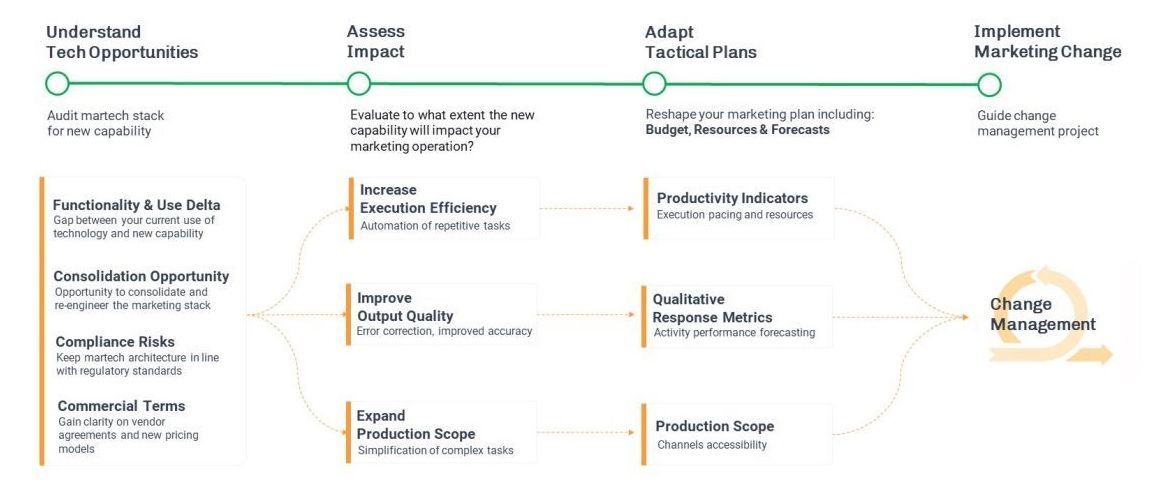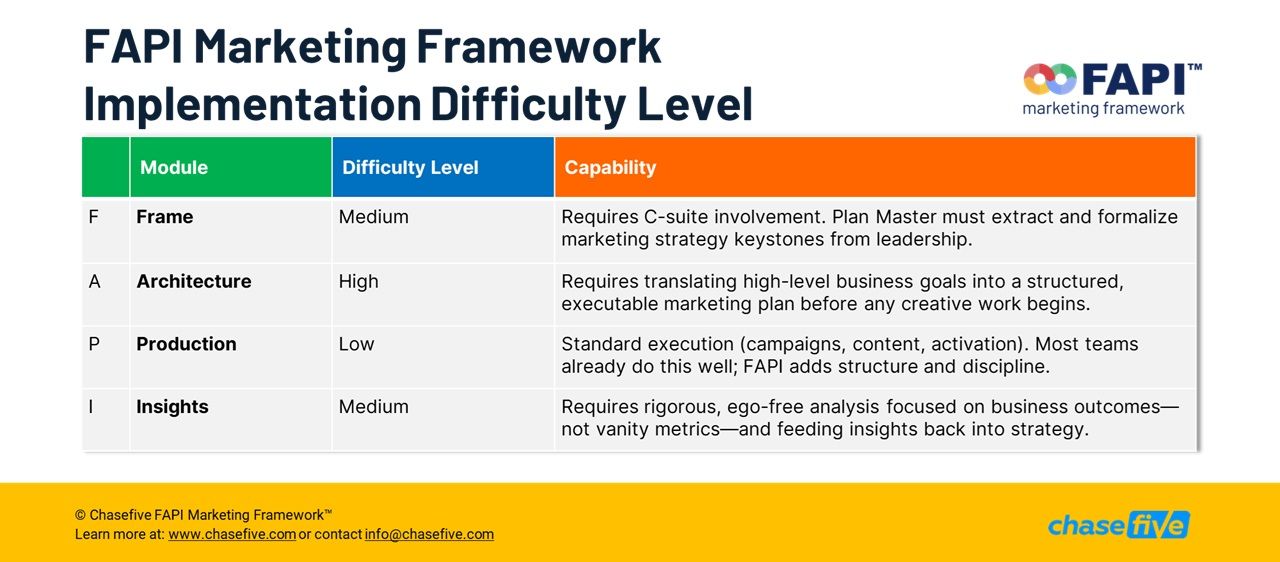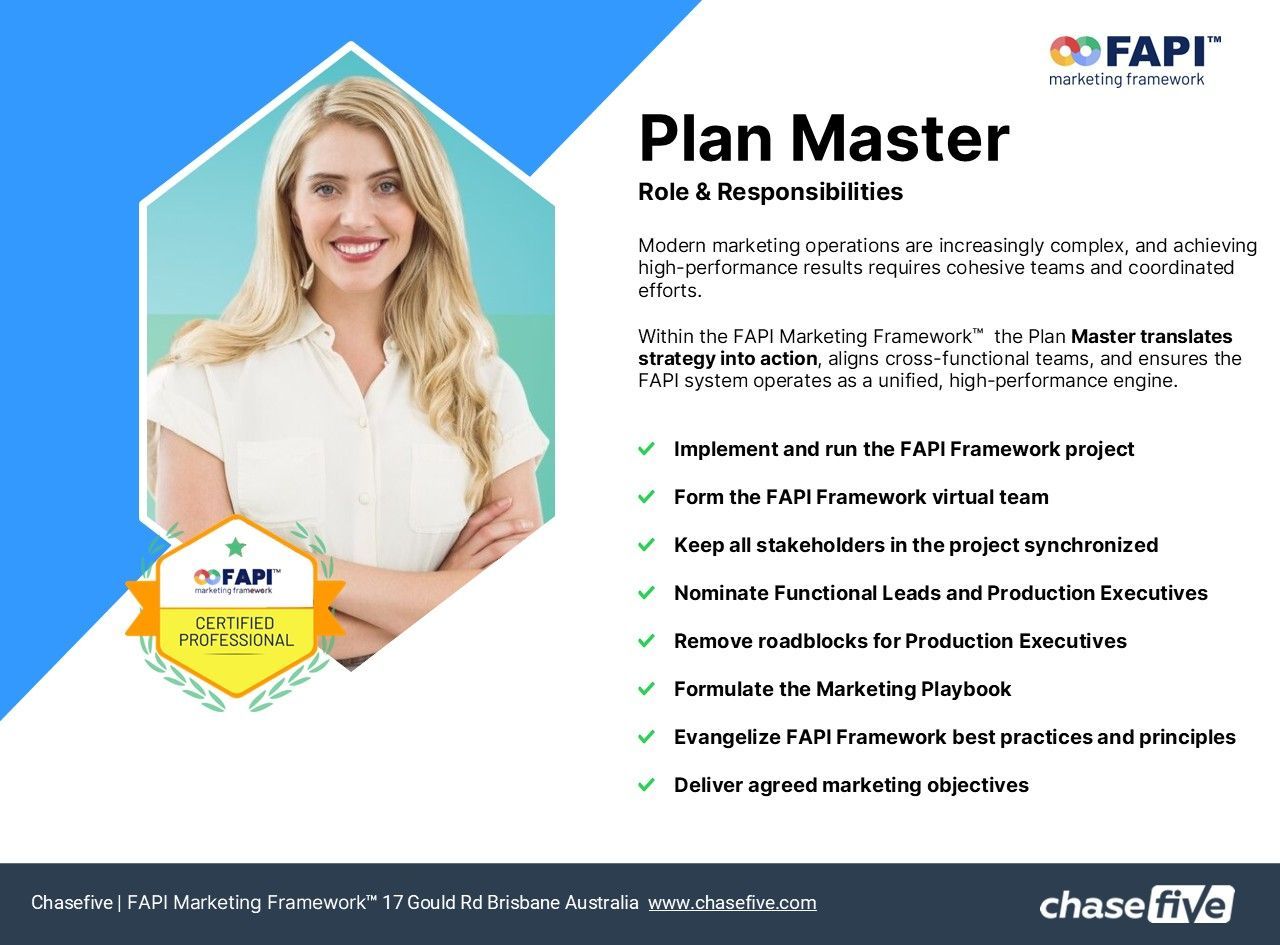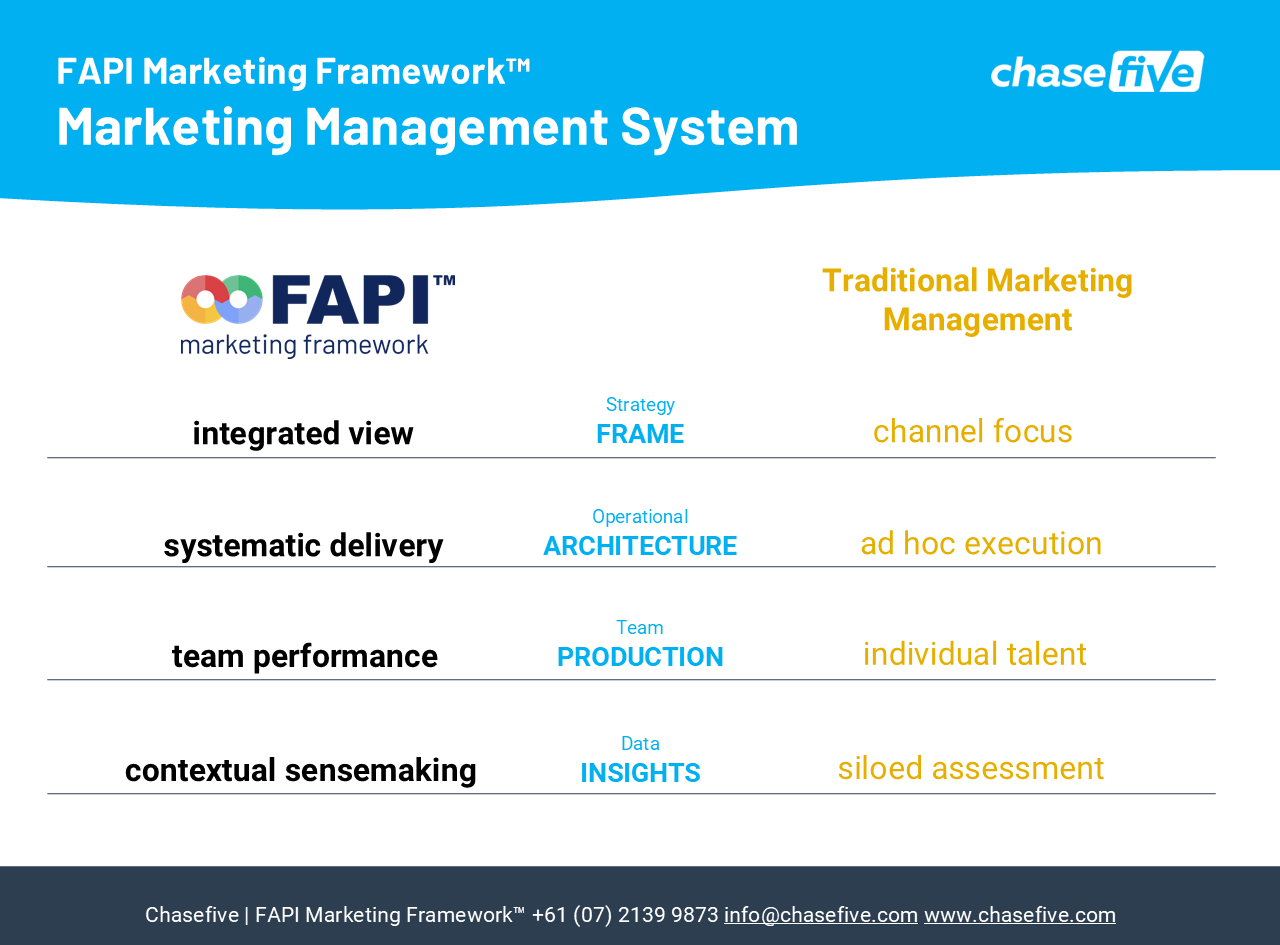Steering marketing operations: essential steps to keep ahead of marketing AI technology changes and Thrive
As recently as 2022, the yearly Martech Marketing Technology Landscape Supergraphic revealed over nine thousand marketing software products across over twenty categories. These categories include Marketing Analytics Software, Marketing Attribution, Social Media Management, and more.
Anyone working in marketing is familiar with the marketing technology landscape and constant growth in the number and scope of software solutions.
According to a recent update by Martech.org, a whopping 2,042 new martech tools were introduced in the second half of 2023. Interestingly, 73% of these new tools were powered by artificial intelligence, bringing the total number of software applications for marketing to over thirteen thousand. Without a doubt, the recent surge in artificial intelligence has brought the issue of martech management to the forefront for marketing teams worldwide once again.
Essential Steps to Keep Ahead of AI Technology Changes and Thrive
In such rapidly evolving technology landscape, marketing management faces the critical task of staying ahead of technological advancements to drive business growth and maintain a competitive edge. As new marketing technologies (martech) continue to emerge, it becomes essential for marketers to navigate the changing landscape effectively.
This article will explore the key steps marketing professionals can take to understand and leverage new martech opportunities, assess their impact on marketing operations, adapt tactical plans, and successfully implement marketing changes.

1. Understand Tech Opportunities for Marketing: The first step in steering marketing operations towards success is to understand the potential opportunities presented by new technologies. Keeping a pulse on the latest martech trends and innovations allows marketing teams to identify tools and platforms to enhance their strategies and streamline their processes. It involves continuous learning, attending industry events, exploring case studies, and engaging with industry thought leaders. By staying informed, marketers can uncover new channels, data analytics tools, automation platforms, and customer engagement solutions that can drive better results.
2.Assess Impact on Marketing Operation: Once marketers identify promising martech opportunities, the next crucial step is to assess their impact on the existing marketing operation. This involves evaluating the compatibility of new technologies with the current infrastructure, resources, and processes. Conducting a comprehensive analysis helps determine the potential benefits, challenges, and implementation requirements associated with adopting new martech solutions. Considering the cost, scalability, integration capabilities, and alignment with business objectives is essential. By conducting a thorough assessment, marketing teams can make informed decisions about which technologies are most suitable for their organization.
3.Adapt Your Tactical Plans: With a clear understanding of the tech opportunities and their impact, marketers can now adapt their tactical plans to incorporate the new martech solutions. This step involves aligning marketing strategies and objectives with the capabilities offered by the selected technologies. It requires revisiting and refining marketing campaigns, content strategies, customer segmentation, and targeting approaches. By leveraging the power of new martech tools, marketers can enhance customer experiences, personalize messaging, optimize conversions, and improve overall marketing performance. It is crucial to create a roadmap for implementation, set realistic goals, allocate resources, and establish key performance indicators (KPIs) to measure the success of these adapted plans.
4.Implement Marketing Change: The final step in steering marketing operations towards success is implementing marketing changes enabled by new martech solutions. This involves careful planning, seamless integration, and proactive change management. It is essential to communicate the benefits and objectives of the latest technologies to all stakeholders, including marketing teams, executives, and other relevant departments. Training and upskilling programs should be provided to ensure that employees have the necessary skills to leverage the new martech tools effectively. Additionally, ongoing monitoring, analysis, and marketing optimization are vital to ensure that the implemented changes align with the desired outcomes and deliver the expected results.
In the fast-paced world of marketing, staying ahead of technology changes is a prerequisite for success. By following the essential steps of understanding tech opportunities, assessing their impact, adapting tactical plans, and effectively implementing marketing changes, marketing management can drive growth, improve performance, and thrive in the ever-evolving landscape. Embracing new martech solutions empowers marketers to optimize their operations, enhance customer experiences, and achieve their business objectives. With a proactive approach to technology adoption, marketing teams can navigate the digital revolution and maintain their competitive edge in the dynamic marketing world.
If you're ready to steer your marketing operations towards success and embrace the power of new martech solutions, we invite you to contact us at ai@chasefive.com for a no-obligation consultation.







